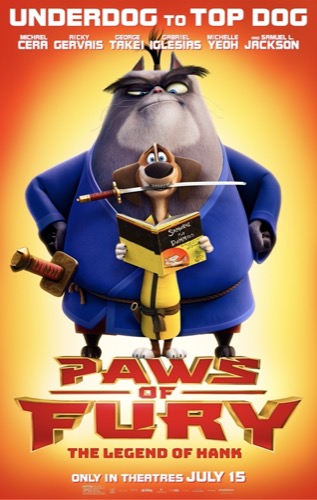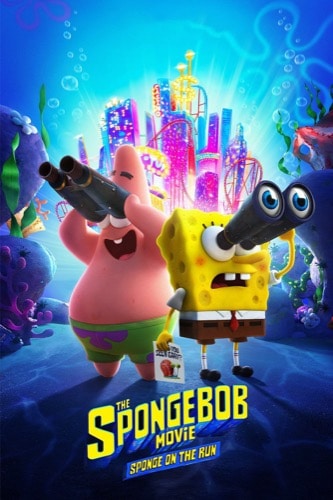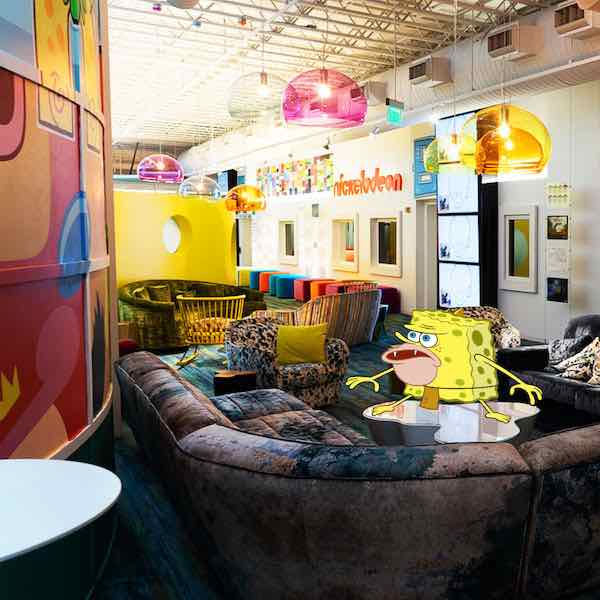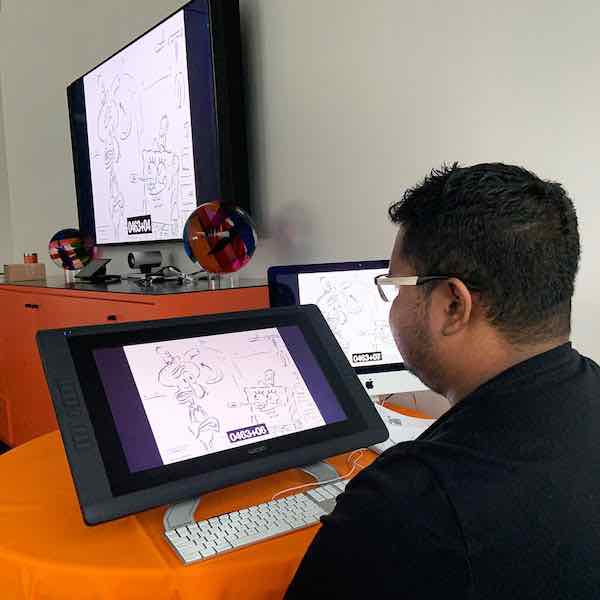Here, you’ll discover news, reviews, and new projects from Nickelodeon Animation Studios. Nickelodeon is a U.S.-based animation studio that has created several original TV programs for its eponym channel and sister channels.

Founded in 1990, the company has had great success producing its own content and developing the content for other studios it purchased during its course.
The company was a huge name back when it was based in Orlando’s Universal Studios, and it continues to be a huge enterprise today.
Nickelodeon Animation Movies List
- Paws of Fury: The Legend of Hank
- PAW Patrol: The Movie
- The SpongeBob Movie: Sponge on the Run
- Wonder Park
- The SpongeBob Movie: Sponge Out of Water
- The Adventures of Tintin
- Rango
- Barnyard
- The SpongeBob SquarePants Movie
- Rugrats Go Wild
- The Wild Thornberrys Movie
- Hey Arnold!: The Movie
- Jimmy Neutron: Boy Genius
- Rugrats In Paris: The Movie
- The Rugrats Movie
Nickelodeon Animation Studios Upcoming Movies



Nickelodeon Movies New Photos



Nickelodeon Movies Videos
Nickelodeon Movies Links
Nickelodeon Animation History
The company started its broadcast journey in 1991 with three TV series: Rugrats, The Ren & Stimpy Show, and Doug. Nickelodeon came up with Games Animation in 1992 to create fresh animated programs, which included Rocko’s Modern Life, the company’s first series made completely in-house.
Games Animation churned out the majority of Nickelodeon’s mid-1990s content in collaboration with other animation firms such as Klasky Csupo and Frederator Studios. All this while Nickelodeon was based in Studio City, Los Angeles.
Nickelodeon created Games Animation for different reasons. One of them was the tussles it had with independent cartoonists over whom the company had little creative control. By launching Games Animation, the company was able to hire and bring together cartoonists under a single roof and supervise things just like it wanted to.
However, Games Animation was not too interfering in the creative process and gave its animators the freedom to do what they wanted to do. The result of all of that was the creation of a flurry of fresh animated series, such as Rocko’s Modern Life.
Before coming up with its own studio, Nickelodeon was based in Universal Studios, Los Angeles. In November 1988, Nickelodeon teamed up with Universal to construct the site. In June 1989, the construction was done, and Nickelodeon opened its doors to the public in June 1990. In October 1990, Slime Geyser was officially opened.
Little changes were made to the entire setup thereafter for almost a decade. The minimal alterations made were to the building’s exterior. A few more shows were added to the list during the 1990-1999 Universal Studios run.
Nickelodeon used the place to film its popular shows, such as Nickelodeon GAS, Double Dare, Figure It Out, and Guts. Other shows included Clarissa Explains It All, All That, and the initial two Kenan and Kel seasons. The theme park was then expanded so that Slime Time Live could be filmed on a daily.
By 1999, Universal was keen on expanding, but more on the lines of a theme park and not in the capacity of a conventional film studio. Therefore, no fresh Nickelodeon shows were taped thereafter in Universal. Several existing Nickelodeon shows were prematurely concluded in the next few years, including Slime Time Live. In 2005, the Orlando-based Nickelodeon Studios was shuttered for good.
In 1996, the then Nickelodeon president for Film and TV Entertainment sat down with the company’s artists to discuss the creation of its very own studio. The vision was to create a space that was playful, cutting-edge, and inspirational. With the new lab, Nickelodeon was keen on creating a next-gen cartoon series.
Nickelodeon opened its first studio on 4th March 1998. Nickelodeon and Viacom, the former’s parent company, threw a huge party to celebrate the milestone. The studio was located in Burbank, California, which is considered the hub or global capital of animation studios.
Designed by AREA, an LA-based architecture company, the studio was a fairly large 72,000-square feet facility that could house up to 300 employees and could carry out five simultaneous productions. The studio was originally called Nickelodeon Animation Studio. It was later renamed Nickelodeon Studios Burbank.
The studio has its own miniature golf course, screening room, basketball course, storyboard conference room, writer’s lounge, etc. It also houses a Foley stage to record live sound effects, a dedicated space to carry out post-production work, separate sound mixing and editing rooms, and a loft area for colorists.
Nickelodeon built its second studio in 1999 in Manhattan, New York. The studio took over the production work pertaining to Nick Jr.’s animated properties. The Los Angeles space (original studio) took care of the animation work for The Amanda Show’s intro.
In 2016, Nickelodeon moved into a new five-story glass building. It houses both live-action and animated productions. It’s, therefore, simply called Nickelodeon Studios. This one isn’t the one that is located at Universal Studios, LA. The new glass structure also comprises the Nickelodeon time capsule.
The animation industry has come a long way from the days of being immersed in children’s cartoons. Today, television shows and movies with special effect requirements incorporate animation. The smartwatch on your wrist, your smartphones, consumer electronics, etc. use animation.
Video games have relied on animation since their inception. With the growing gaming market, the need for advanced animation and high-quality graphics has only increased. Perhaps, no other company understands this better than Nickelodeon.
In 2017, Nickelodeon set up Nickelodeon Entertainment Lab, a Burbank-based space that is dedicated to new technology research and development. Nickelodeon has poured a significant amount of effort and financial resources into this forward-looking initiative to tangibly boost the content its artists create and learn more about how kids consume Nick’s content.
The network hasn’t been set up to reap immediate benefits. The lab has a long-term vision and the areas that it looks into are virtual cinema, real-time rendering, mixed and augmented reality, artificial intelligence, and virtual reality. The resulting innovations are expected to deliver results that are beyond broadcast. Nickelodeon hopes to apply them to its gaming business, live-action films, and theme parks.
The Lab’s objectives are to build prototypes to test fresh ideas, collaborate with creators on innovation, and shape strategies around production capabilities so that more content opportunities could be created in the future.
Nickelodeon views the Entertainment Lab as a conduit through which it will give its creators and artists access to fresh perspectives and innovative tools so that they get inspired to narrate stories in unique ways that appeal to next-gen kids more. The company works with visual effects and gaming firms, technology partners, and its in-house creators to usher in new formats, and new platforms quickly and efficiently.
Also, check out Mainframe Studios and CalArts style used in cartoons.

Brandon Crombar
Editor In Chief / FounderBrandon is an animation enthusiast and animated film critic. He has been writing about animation since 2013 to celebrate animated movies, characters, and songs. His favorite animated movies include Finding Nemo, Aladdin, and The Lion King.
